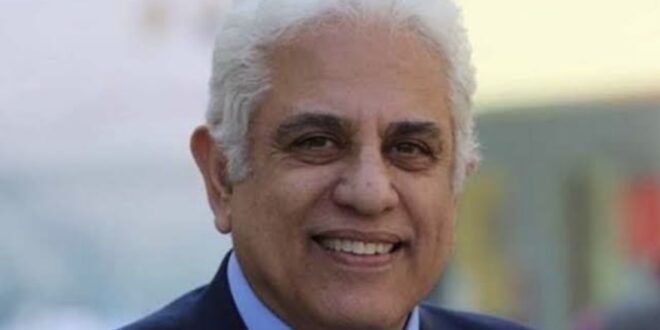Hossam Badrawi Writes: Why Are We Surprised by a Repeating Pattern?
Murder, Displacement, Brutality, and Inhumane Genocide of Populations
By the Wise Politician, Dr. Hossam Badrawi
Throughout human history, there have been numerous cases of forced displacement and genocide targeting entire populations, often replacing them with others.
Australia and the Americas are among the most prominent examples, but many other instances have occurred across different eras. History is clear, and I leave it to the reader to identify the common factor:
The European Invasion of the Americas (1492 – 19th Century)
- After Christopher Columbus arrived in the Americas in 1492, Europeans began colonizing the continents.
- Indigenous people (Native Americans) suffered genocide through wars, massacres, diseases brought by Europeans, and forced labor.
- Entire tribes were displaced, such as the Cherokee’s Trail of Tears in the United States.
- By the 19th century, most Indigenous people had been killed or displaced, replaced by European settlers.
The Colonization of Australia and the Genocide of Indigenous Australians (1788 – 20th Century)
- When British settlers arrived in 1788, the Aboriginal population was estimated at around 750,000.
- Aboriginal people were subjected to genocide through massacres, racist policies, and the forced removal of children.
- Their lands were seized, and they were forced to live in reservations.
- Discrimination against them continued until the late 20th century.
The Displacement of Palestinians (1948 – Present)
- During the Nakba in 1948, approximately 750,000 Palestinians were forcibly displaced as Israel was established.
- Since then, Palestinians have faced continuous displacement, particularly in the West Bank and East Jerusalem.
- Israeli settlement expansion is an ongoing attempt to replace the indigenous population.
- Today, there is an attempt to forcibly displace two million Palestinians from Gaza.
The Armenian Genocide (1915 – 1917)
- During World War I, the Ottoman Empire carried out massacres and forced displacement against Armenians.
- Around 1.5 million Armenians were killed, and hundreds of thousands were displaced to Syria and Iraq.
- The goal was to eliminate the Armenian presence in Eastern Anatolia.
The Forced Deportation of Crimean Tatars (1944)
- Under Stalin’s rule, 300,000 Crimean Tatars were deported to Central Asia on charges of collaborating with the Nazis.
- Around 46% of them died from starvation and disease.
- They were not allowed to return to Crimea until after the fall of the Soviet Union.
The Nazi Holocaust (1933 – 1945)
- The Nazis killed approximately six million Jews, along with millions of Romani people, Poles, Slavs, and others.
- The goal was to cleanse Europe of “undesirable races” and replace them with the Aryan race.
Ethnic Cleansing in the Balkans (1991 – 1999)
- After the breakup of Yugoslavia, Serbian, Bosnian, and Croatian forces committed massacres and forced displacement.
- Major atrocities included the Srebrenica massacre (1995), where over 8,000 Bosnian Muslims were killed.
Conclusion
Yes, history is filled with cases of forced displacement and population replacement. What happened in Australia and the Americas is a strong example, but it is not the only one. The common pattern in all these cases is the use of violence, genocide, and racist policies to replace one people with another.
So, why are we surprised?!
The Europeans have done it before, and nothing happened… so what stops them today?
 Dr. Hossam Badrawi Official Website
Dr. Hossam Badrawi Official Website


